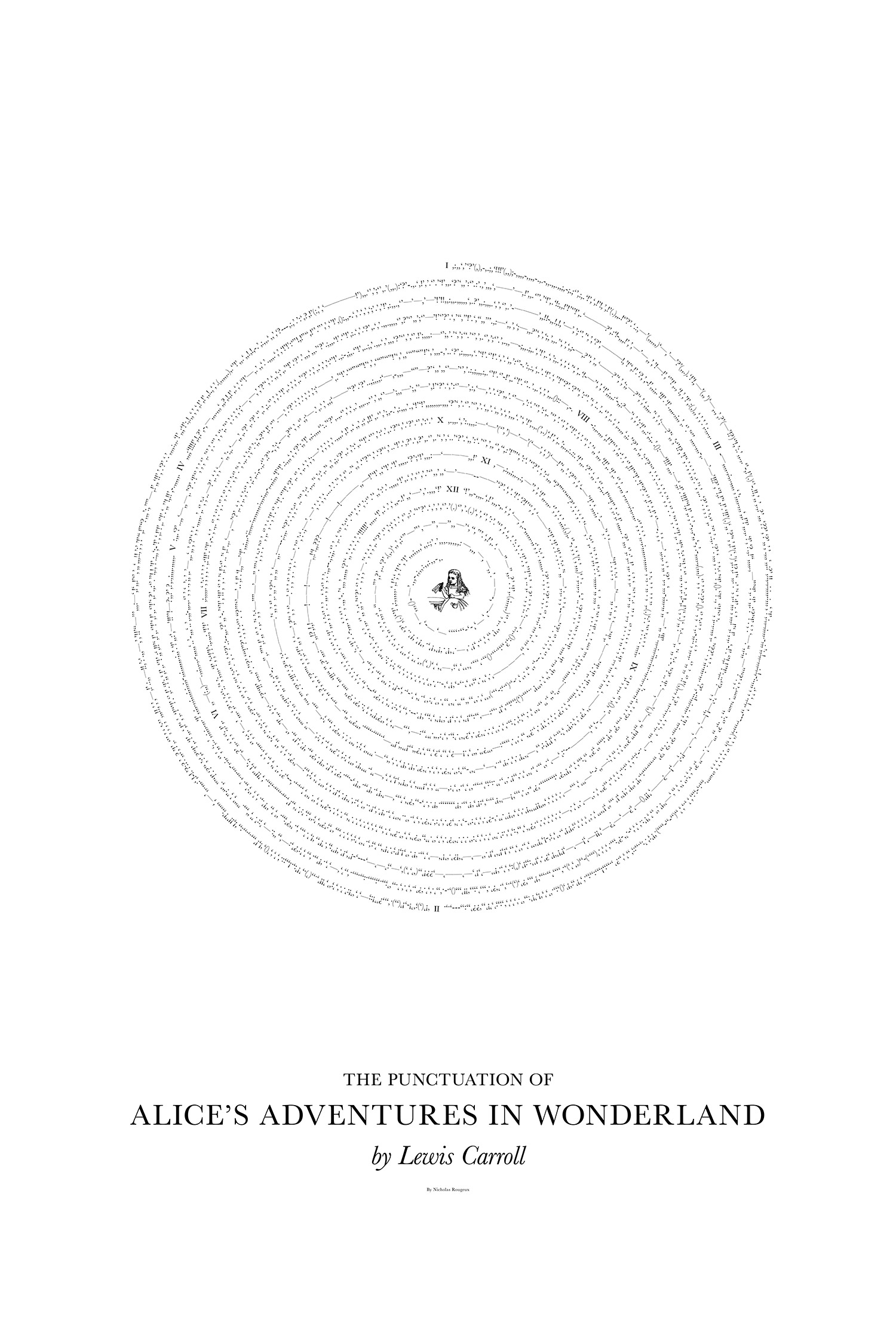Punctuation
The characters between words, which convey meaning that words cannot. In English, they can include:
- Quotation marks such as
“” - Dashes such as
— - Mathematical operators such as
× - Foot and inch marks
′
It is common to approximate punctuation with a similar character because the real character is not available on the writer's keyboard. Some approximations I see:
| Approximation | Real | |
|---|---|---|
| Dash | - | — |
| trademark | (tm) | ™ |
| Copyright | (c) | © |
| Quotation (English) | "" | “” |
| Foot or Prime mark | ' | ′ |
| Inch mark | " | ″ |
| Multiplication | x or * | × |
| Division | / | ÷ |
But such approximations of punctuation are ugly, even problematic. Consider these two examples:
"Be yourself; everyone else is already taken."
‐ Oscar Wilde
The same example again with real punctuation:
“Be yourself; everyone else is already taken.”
― Oscar Wilde
Foot and prime marks can be especially problematic.
- "She’s 6' 10"."
- “She’s 6′ 10″.”
In particular, approximating Mathematics or Finance characters is frequently confusing. Multiplication × with the letter x is problematic because in maths x can refer to a graph axis as well as an algebraic value.
Additional reading
Typewolf has possibly the best punctuation cheatsheet available anywhere, for free.
Practical Typography also has an excellent Punctuation Guide.
If you think you're a punctuation expert, try pasting your writing into Just the punctuation, then see how it compares to other writers in this Medium post.

Between the words - posters of just the punctuation of major literary works such as Alice in Wonderland
Shady Characters by Keith Houston looks interesting, though I haven't read it yet.